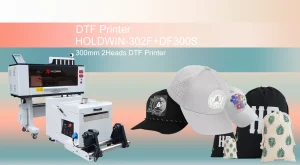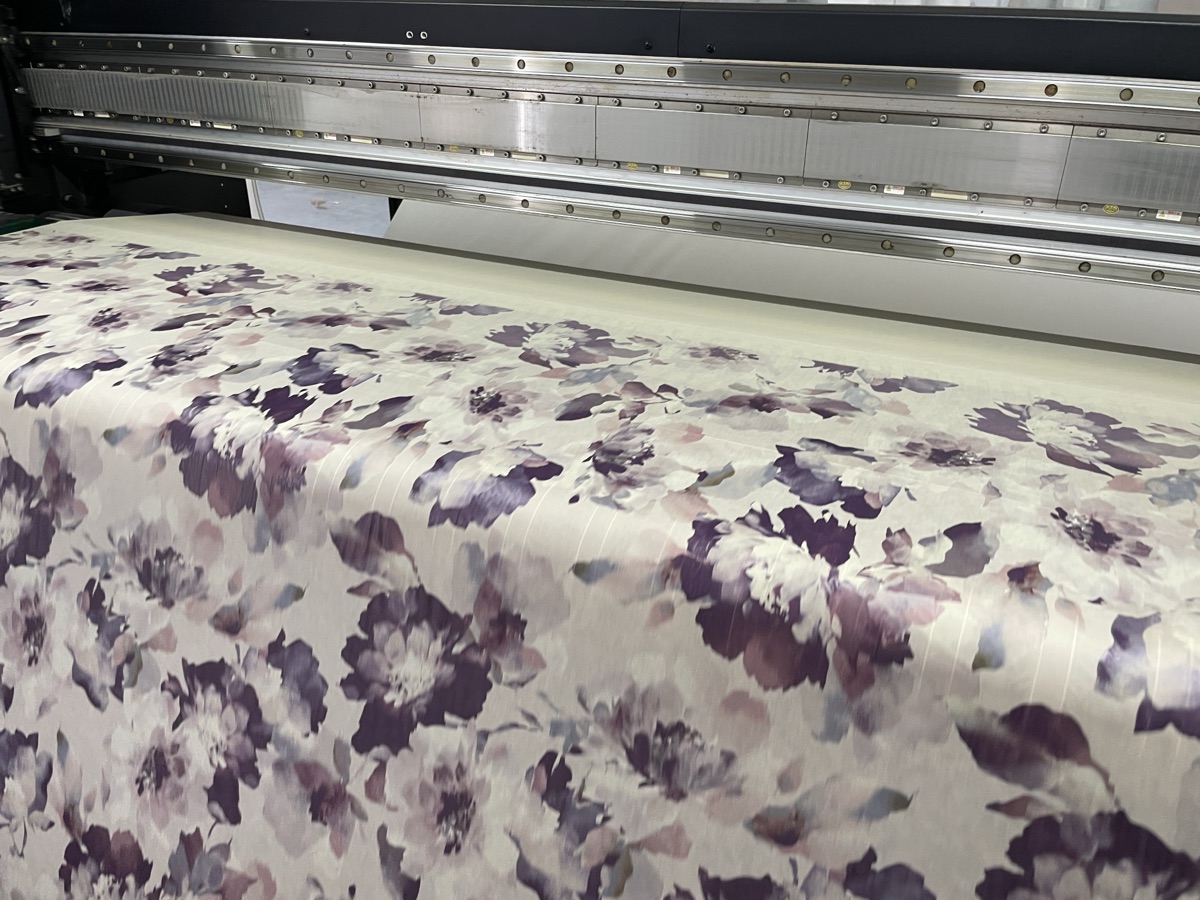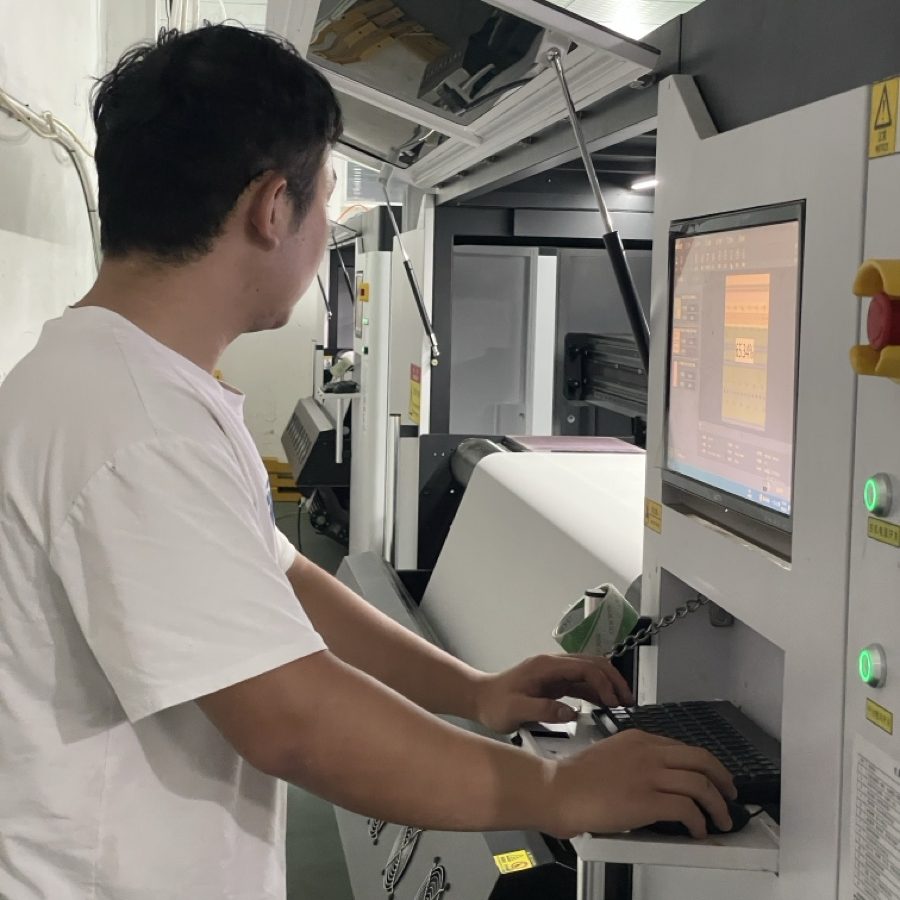
In the digital printing industry, establishing an effective pricing strategy is crucial for profitability and maintaining a competitive edge. With diverse printing techniques, such as direct-to-fabric (DTF), heat transfer, UV printing, and sublimation, digital printing serves a wide array of markets, including textile, fashion, and promotional products. For HOLDWIN, a leading name in digital printing technology, understanding market pricing dynamics is not only vital for business success but also for building a global reputation and fulfilling customer needs through innovative, high-quality solutions. This article will analyze key pricing strategies, focusing on market trends, production costs, and value-added services that shape pricing in digital printing.

Market demand in digital printing is growing, driven by industries requiring fast, customizable, and environmentally friendly printing solutions. Demand is especially high among textile manufacturers, fashion designers, and promotional goods companies who value both quality and customization. To meet these demands, pricing strategies must be tailored based on market segmentation. For instance, higher-end fashion clients may prioritize quality and customization over cost, whereas bulk orders for promotional items may prioritize affordability.
Recent studies support this demand segmentation approach. According to Smith et al. (2022), price sensitivity varies significantly across market segments, suggesting that a one-size-fits-all pricing strategy is unlikely to succeed. Instead, HOLDWIN leverages its ability to offer diverse solutions tailored to client needs, supporting a segmented pricing model that maximizes both market reach and profitability.
One common approach in digital printing is cost-plus pricing, which involves calculating the total production cost of each print and adding a markup to ensure profit. For digital printing, costs can include machine depreciation, ink and substrate costs, labor, and maintenance. HOLDWIN’s commitment to using high-quality materials and efficient machines enables us to control these costs effectively. By adding a set percentage markup, we maintain a reliable margin while still offering competitive prices.
While cost-plus pricing is straightforward, it can miss out on opportunities to maximize revenue in markets willing to pay a premium for specific features, such as eco-friendly inks or specialty substrates. According to Liu and Zhang (2021), companies using cost-plus pricing in rapidly evolving markets may fail to capture the full potential of niche or high-value segments.

Value-based pricing centers on the perceived value of the printed product rather than the cost of production. This approach is particularly useful for products with high aesthetic or brand value, such as custom fashion items. HOLDWIN’s advanced machines enable high-resolution, vibrant prints on a variety of textiles, adding tangible value that customers recognize and are often willing to pay a premium for.
Implementing value-based pricing requires careful analysis of what each market segment values most, such as quality, speed, or customization options. A fictional testimonial from a fashion designer who partnered with HOLDWIN underscores this approach: *”Since switching to HOLDWIN’s digital printing solutions, my designs come to life with unmatched color vibrancy and detail. My customers have noticed the quality, and I can charge a premium thanks to HOLDWIN’s reliable printing solutions.”* This testimony emphasizes how premium quality directly contributes to a successful value-based pricing strategy.
Digital printing often operates in highly competitive markets where prices fluctuate based on demand, raw material costs, and technological advancements. Dynamic pricing allows HOLDWIN to adjust its rates based on these variables, ensuring both profitability and competitiveness. For instance, during peak periods such as holiday seasons or product launches, higher demand may support a premium price, whereas off-peak times can encourage volume orders at a reduced rate.
Dynamic pricing aligns well with HOLDWIN’s agile production capabilities. By optimizing production schedules and reducing idle time, HOLDWIN can implement flexible pricing while meeting customer demands swiftly and reliably. According to a recent report by Wang and Chen (2023), dynamic pricing in digital printing can increase profitability by up to 15% by optimizing the balance between supply and demand across different seasons.
In digital printing, understanding the total cost of ownership (TCO) is essential to setting realistic pricing. The TCO includes initial machine costs, maintenance, materials, labor, and other operational expenses. With advancements in machine durability and energy efficiency, HOLDWIN minimizes TCO, enabling more competitive pricing. Furthermore, our commitment to frequent product innovations and upgrades aligns with our mission to deliver personalized solutions and retain our customers’ trust globally.
Evaluating the TCO also helps to set base pricing models, ensuring each transaction contributes positively to overall profitability. For example, a bulk order might leverage economies of scale to reduce individual unit costs, which benefits both HOLDWIN and the client.

Customer feedback is an invaluable component of a dynamic pricing strategy. HOLDWIN consistently engages with clients to understand their priorities and pain points. By incorporating this feedback into our pricing models, we ensure our prices reflect the true value perceived by our clients. For instance, clients interested in eco-friendly printing options can benefit from tailored solutions that align with their values, which may carry a premium price point.
Market research also plays a critical role in ongoing adjustments. A recent fictional testimonial from a satisfied customer highlights the impact of HOLDWIN’s customer-centric approach: *“HOLDWIN’s team took the time to understand my business needs and suggested a printing solution that not only met my quality standards but was also within my budget. Their pricing flexibility has been crucial for my growing business.”*
Establishing an effective pricing strategy in the digital printing industry requires an intricate balance between production costs, perceived value, and market competitiveness. For HOLDWIN, this means developing pricing models that reflect our commitment to quality, innovation, and customer satisfaction. As we strive toward becoming a globally recognized brand, HOLDWIN will continue adapting to market trends, optimizing production, and tailoring solutions to ensure every client receives unmatched value.
Through segmented, dynamic, and value-based pricing approaches, HOLDWIN can meet the diverse needs of its clientele while reinforcing our brand’s reputation as a leader in the digital printing industry. A comprehensive pricing strategy is not just about numbers—it is about delivering superior quality and personalized solutions that build lasting client relationships and drive industry innovation.
1. Liu, Y., & Zhang, H. (2021). Market segmentation and pricing strategies in digital textile printing. *Journal of Textile Engineering*, 45(3), 312-329.
2. Smith, T., Brown, R., & Nguyen, K. (2022). Analyzing value-based pricing in digital print markets. *Printing Technology Today*, 58(4), 450-470.
3. Wang, M., & Chen, Z. (2023). Dynamic pricing and customer satisfaction in textile printing. *International Journal of Textile and Apparel*, 39(2), 225-237.

Zhiyu is passionate about good products, good services, and good prices to let consumers know that choosing us is the right choice! For partners and end customers, we will provide one-on-one considerate smart services and provide you with more high-quality procurement solutions.